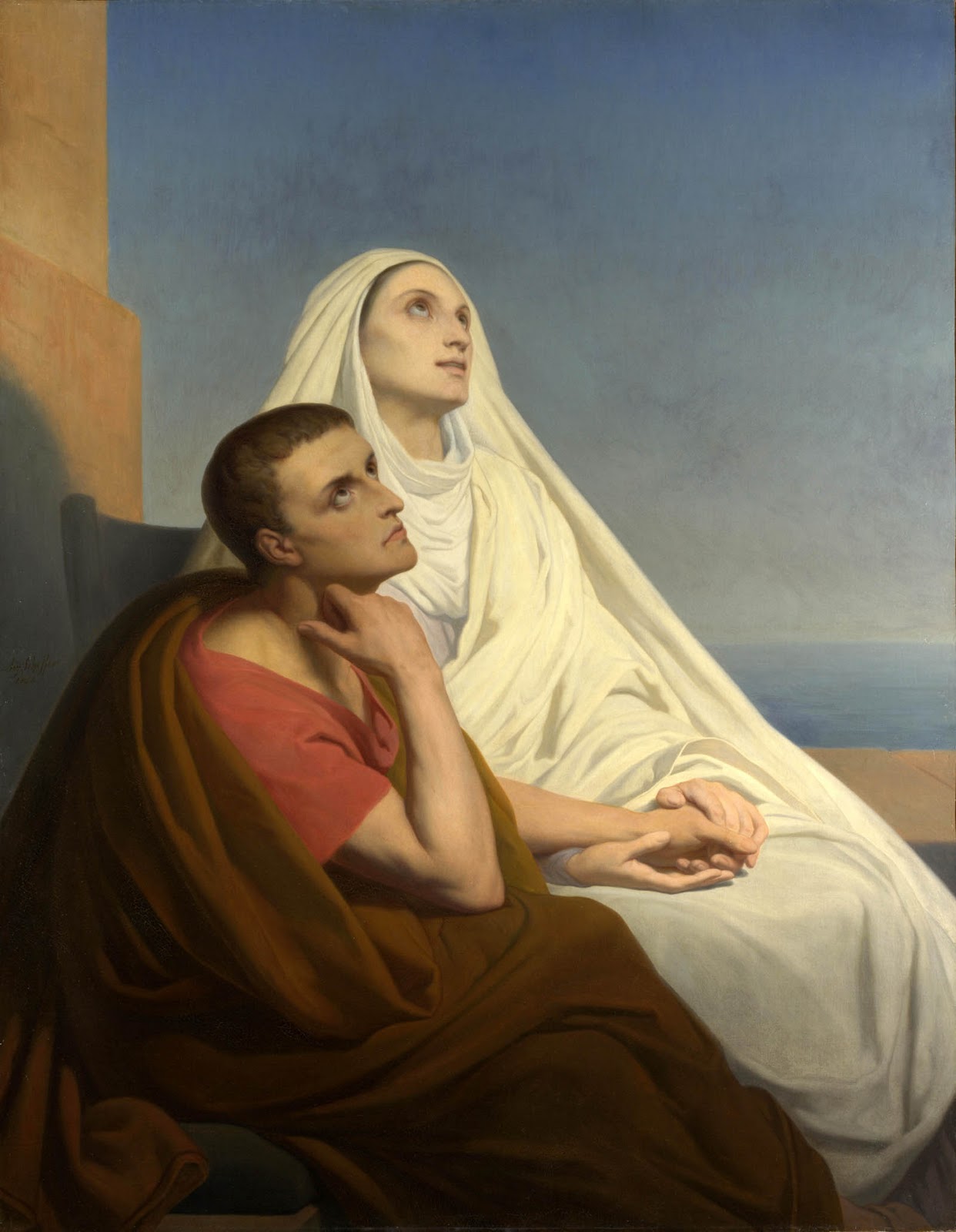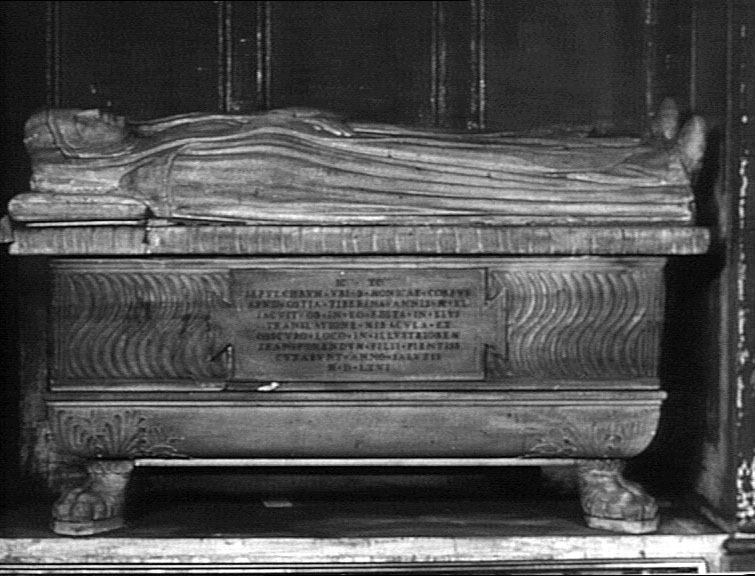|
May 4 (Eastern Orthodox Liturgics)
May 3 - Eastern Orthodox Church calendar - May 5 All fixed commemorations below celebrated on May 17 by Orthodox Churches on the Old Calendar. For May 4th, Orthodox Churches on the Old Calendar commemorate the Saints listed on April 21. Saints * ''Virgin-martyr Pelagia of Tarsus in Asia Minor'' (287)May 4 The Roman Martyrology. * Hieromartyr Albian (Olbian), Bishop of Anaea in Asia Minor, and his disciples (284-303) * Martyrs Aphrodisius, Leontius, Anthony, Valerian, Macrobius, and 60 others, s at Scythopolis of |
Bishop
A bishop is an ordained member of the clergy who is entrusted with a position of Episcopal polity, authority and oversight in a religious institution. In Christianity, bishops are normally responsible for the governance and administration of dioceses. The role or office of the bishop is called episcopacy or the episcopate. Organisationally, several Christian denominations utilise ecclesiastical structures that call for the position of bishops, while other denominations have dispensed with this office, seeing it as a symbol of power. Bishops have also exercised political authority within their dioceses. Traditionally, bishops claim apostolic succession, a direct historical lineage dating back to the original Twelve Apostles or Saint Paul. The bishops are by doctrine understood as those who possess the full Priest#Christianity, priesthood given by Jesus in Christianity, Jesus Christ, and therefore may ordain other clergy, including other bishops. A person ordained as a deacon, pri ... [...More Info...] [...Related Items...] OR: [Wikipedia] [Google] [Baidu] |
Conleth
Saint Conleth () was an Irish hermit and metalworker, also said to have been a copyist and skilled illuminator of manuscripts. He is believed to have come from the Wicklow area. Life While living in seclusion at Connell (barony), Old Connell on the River Liffey in what is now Newbridge, County Kildare, Newbridge Conleth was persuaded by Saint Brigid to make sacred vessels for her convent. Conleth, Tassach of Elphin (Saint Patrick's craftsman), and Daigh (craftsman of Ciarán of Saigir) were acclaimed the "three chief artisans of Ireland" during their period. Conleth was head of the Kildare school of metal-work and penmanship. According to Brigid's biographer, Cogitosus, a community of monks grew up which, under his guidance, excelled in the making of beautiful chalices and other metal objects needed in the church, and in the writing and ornamentation of missals, gospels, and psalters. A product of Saint Conleth's metalwork for which he is noted is the crozier that he fashioned f ... [...More Info...] [...Related Items...] OR: [Wikipedia] [Google] [Baidu] |
John Chrysostom
John Chrysostom (; ; – 14 September 407) was an important Church Father who served as archbishop of Constantinople. He is known for his preaching and public speaking, his denunciation of abuse of authority by both ecclesiastical and political leaders, his '' Divine Liturgy of Saint John Chrysostom'', and his ascetic sensibilities. He was also the author of '' Adversus Judaeos'' and was strongly anti-Judaism. The epithet (''Chrysostomos'', anglicized as Chrysostom) means "golden-mouthed" in Greek and denotes his celebrated eloquence. Chrysostom was among the most prolific authors in the early Christian Church. He is honored as a saint in the Eastern Orthodox, Oriental Orthodox, Catholic, Anglican, and Lutheran churches, as well as in some others. The Eastern Orthodox, together with the Byzantine Catholics, hold him in special regard as one of the Three Holy Hierarchs (alongside Basil of Caesarea and Gregory of Nazianzus). Along with them and Athanasius of Alexa ... [...More Info...] [...Related Items...] OR: [Wikipedia] [Google] [Baidu] |
Venerius Of Milan
Venerius () was Archbishop of Milan from 400 (or 401) to 408. He is honoured as a Saint in the Catholic Church and his feast day is May 6.Roman Martyrology Life Almost nothing is known about the life of Venerius before his election as bishop of Milan. According to the 5th-century historian, Paulinus, Venerius was a deacon and he was present at the death of Ambrose in 397. Venerius was elected bishop after the death of Simplician in the winter between 400 and 401. He was already bishop of Milan when he received a request by a provincial synod held on June 18, 401 at Carthage to send in North Africa some clerics from Milan. One of the clerics sent was actually Paulinus. Venerius is also known from a letter written to him by Pope Anastasius I concerning the condemnation of the ideas of the Origenists. He is also mentioned in a letter of the same pope to John II, Bishop of Jerusalem. In 404 Venerius, along with Pope Innocent I and Chromatius, bishop of Aquileia, took a stand in fav ... [...More Info...] [...Related Items...] OR: [Wikipedia] [Google] [Baidu] |
Heliodorus Of Altino
Heliodorus (; died c. 410 AD) was the first bishop of Altinum in the 4th century. He was born in Dalmatia. Like Chromatius, he was a disciple of Valerianus, the bishop of Aquileia. He accompanied Jerome on his voyage to the Holy Land, and is mentioned in Jerome's letters. After the death of his mother, Heliodorus went to Italy and was made bishop of Altino. He attempted to counter Arianism in his see, and attended the anti-Arian Council of Aquileia (381). Heliodorus ordained Nepotianus, his nephew, after he left his position as an officer in the imperial bodyguard. A legend, composed around the 10th century and incorporating elements from other saints' hagiographies, states that Liberalis of Treviso was educated in the Christian faith by Heliodorus. The legend goes on to state that, faced with growing opposition from both Arianism and paganism in the see, Heliodorus retired as bishop and lived as a hermit on a desert island in the lagoons near Altino, entrusting the see to ... [...More Info...] [...Related Items...] OR: [Wikipedia] [Google] [Baidu] |
Augustine Of Hippo
Augustine of Hippo ( , ; ; 13 November 354 – 28 August 430) was a theologian and philosopher of Berber origin and the bishop of Hippo Regius in Numidia, Roman North Africa. His writings deeply influenced the development of Western philosophy and Western Christianity, and he is viewed as one of the most important Church Fathers of the Latin Church in the Patristic Period. His many important works include '' The City of God'', '' On Christian Doctrine'', and '' Confessions''. According to his contemporary, Jerome of Stridon, Augustine "established anew the ancient Faith". In his youth he was drawn to the Manichaean faith, and later to the Hellenistic philosophy of Neoplatonism. After his conversion to Christianity and baptism in 386, Augustine developed his own approach to philosophy and theology, accommodating a variety of methods and perspectives. Believing the grace of Christ was indispensable to human freedom, he helped formulate the doctrine of original sin and m ... [...More Info...] [...Related Items...] OR: [Wikipedia] [Google] [Baidu] |
Saint Monica
Monica ( – 387) was an early North African Christian saint and the mother of Augustine of Hippo. She is remembered and honored in the Catholic and Orthodox Churches, albeit on different feast days, for her outstanding Christian virtues, particularly the suffering caused by her husband's adultery, and her prayerful life dedicated to the reformation of her son, who wrote extensively of her pious acts and life with her in his '' Confessions''. Popular Christian legends recall Monica weeping every night for her son Augustine. Life Monica is most likely to have been born in Thagaste (present-day Souk Ahras, Algeria). She is believed to have been an Amazigh on the basis of her name. She was married early in life to Patricius, a decurion pagan, in Thagaste. Patricius reportedly had a violent temper and appears to have been of dissolute habits; apparently his mother exhibited similar behaviours. Monica's almsgiving, deeds and prayer habits annoyed Patricius, but it is said that he a ... [...More Info...] [...Related Items...] OR: [Wikipedia] [Google] [Baidu] |
Saint Florian
Florian (; AD 250 – 304) was a Christian holy man and the patron saint of chimney sweeps; soapmakers, and firefighters. His feast day is 4 May. Florian is also the patron saint of Poland, the city of Linz, Austria, and Upper Austria, jointly with Leopold III, Margrave of Austria. Life Florian was born around AD 250 in the ancient Roman city of Aelium Cetium, present-day Sankt Pölten, Austria. He joined the Roman Army and advanced in the ranks, rising to commander of the imperial army in the Roman province of Noricum. In addition to his military duties, he was also responsible for organizing and leading firefighting brigades. Florian organized and trained an elite group of soldiers whose sole duty was to fight fires. During the Diocletianic Persecution of Christians, reports reached Rome that Florian was not enforcing the proscriptions against Christians in his territory. Aquilinus was sent to investigate these reports. When Aquilinus ordered Florian to offer sacrifice t ... [...More Info...] [...Related Items...] OR: [Wikipedia] [Google] [Baidu] |
Campania
Campania is an administrative Regions of Italy, region of Italy located in Southern Italy; most of it is in the south-western portion of the Italian Peninsula (with the Tyrrhenian Sea to its west), but it also includes the small Phlegraean Islands and the island of Capri. The capital of the region is Naples. Campania has a population of 5,575,025 as of 2025, making it Italy's third most populous region, and, with an area of , its most densely populated region. Based on its Gross domestic product, GDP, Campania is also the most economically productive region in Southern Italy List of Italian regions by GDP, and the 7th most productive in the whole country. Naples' urban area, which is in Campania, is the List of urban areas in the European Union, eighth most populous in the European Union. The region is home to 10 of the 58 List of World Heritage Sites in Italy, UNESCO sites in Italy, including Pompeii and Herculaneum, the Royal Palace of Caserta, the Amalfi Coast, the Longobardian ... [...More Info...] [...Related Items...] OR: [Wikipedia] [Google] [Baidu] |
Erasmus Of Formiae
Erasmus of Formia, also known as Saint Elmo (died ), was a Christian saint and martyr. He is venerated as the patron saint of sailors and abdominal pain. Erasmus or Elmo is also one of the Fourteen Holy Helpers, saintly figures of Christian religion who are venerated especially as intercessors. Documentation of his life The ''Acts of Saint Elmo'' were partly compiled from legends that confuse him with a Syrian bishop Erasmus of Antioch. Jacobus de Voragine in the ''Golden Legend'' credited him as a bishop at Formia over all the Italian Campania, as a hermit on Mount Lebanon, and a martyr in the Diocletianic Persecution. There appears to be no historical basis for his ''passion''.Lanzi, Fernando and Lanzi, Gioia, "Erasmus of Gaet ... [...More Info...] [...Related Items...] OR: [Wikipedia] [Google] [Baidu] |
Peregrine Of Auxerre
Peregrine (Peregrinus) of Auxerre (, ) (d. ca. 261 AD or ca. 304 AD) is venerated as the first bishop of Auxerre and the builder of its first cathedral. A strong local tradition states that he was a priest of Rome appointed by Pope Sixtus II to evangelize this area at the request of the Christians resident in that part of Gaul. He preached at Marseille, Lyon, and converted most of the inhabitants of Auxerre to Christianity. At ''Intaranum'' –present-day Entrains-sur-Nohain– Peregrine angered the governor after he appealed to the populace to abandon pagan idols; the inhabitants had been dedicating a new temple to Jupiter. The ''Martyrologium Hieronymianum'' states that he was tortured and beheaded at ''vicus Baiacus'' (Bouhy) (in present-day Nièvre) during the persecutions of Diocletian. His lector Jovinian, venerated as a saint, was also martyred with him. Other companions included Marsus, his priest; Corcodomus, his deacon; and Jovian his subdeacon. Veneration Histo ... [...More Info...] [...Related Items...] OR: [Wikipedia] [Google] [Baidu] |




